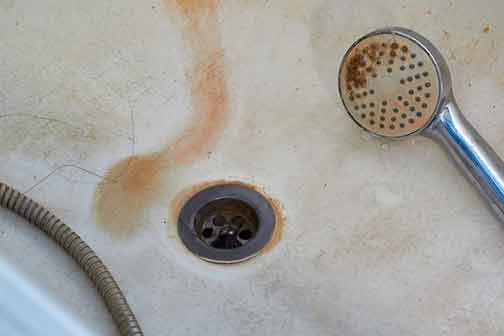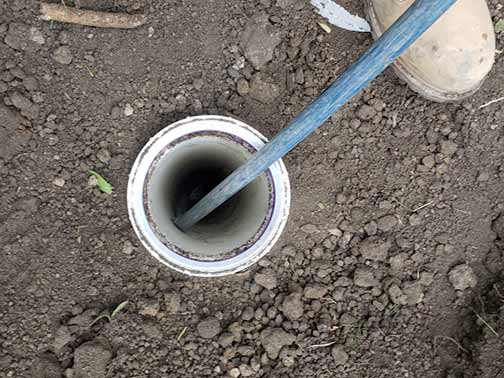
The Impact of Trees on Your Plumbing System
When it comes to maintaining a healthy plumbing system, many homeowners often overlook the potential impact that trees can have. Trees can provide shade, beauty, and even increase property value, but if not properly managed, they can also cause significant damage to your plumbing system. In this article, we will explore the relationship between trees and your plumbing system, what you should know, and how to prevent potential problems.
The Role of Tree Roots
Tree roots play a crucial role in the growth and stability of trees. They are responsible for absorbing water and nutrients from the soil, anchoring the tree to the ground, and providing support. While tree roots are typically harmless, under certain circumstances they can cause damage to your plumbing system.
One of the main issues arises when tree roots infiltrate your underground plumbing pipes. This can occur when there is a small crack or joint in the pipes, which often happens with older or deteriorated plumbing systems. Once the roots enter the pipes, they begin to grow and expand, causing blockages, leaks, and even complete pipe collapse.
It is important to note that not all tree species have the same potential to damage plumbing systems. Some trees, such as willows, elms, and poplars, have invasive root systems that are more likely to seek out underground water sources, including pipes. On the other hand, trees like palms or citrus trees tend to have less aggressive root systems.

Identifying Potential Problems
Identifying potential problems caused by trees can help you take proactive measures to prevent damage to your plumbing system. Here are some signs to watch out for:
- Slow Draining: If you notice that your sinks, bathtubs, or toilets are draining slower than usual, it could be an indication of a blockage in the pipes caused by tree roots.
- Gurgling Noises: Unusual gurgling noises coming from your plumbing fixtures, especially after flushing the toilet or running the dishwasher, may suggest a partial blockage due to tree roots.
- Sewage Backup: The most severe indication of a tree root problem is a sewage backup in your home. If you experience this, it is essential to contact a professional plumber immediately.
Preventive Measures
Taking preventive measures can minimize the risk of tree root damage to your plumbing system. Here are some steps you can take:
- Choose the Right Tree Location: Before planting trees, consider their potential impact on your plumbing system. Avoid planting trees near underground pipes or septic tanks.
- Know Your Plumbing System: Understand the location of your plumbing pipes to avoid planting trees near them. If you are unsure, hire a professional to locate your pipes.
- Maintain Your Plumbing System: Regularly inspect and maintain your plumbing system to identify any cracks or leaks before they become a problem.
- Install Physical Barriers: Barrier products such as root barriers can be installed around your pipes to deter tree roots from infiltrating them.
- Prune Tree Roots: If you already have trees near your plumbing system, consider hiring an arborist who can selectively prune the roots to prevent them from causing damage.

What to Do If You Have Tree Root Problems
If you suspect that tree roots have infiltrated your plumbing system, it is crucial to act promptly to prevent further damage. Here are the steps you should take:
- Contact a Professional: Reach out to a licensed plumber experienced in sewer tree root removal. They will assess the situation and provide appropriate solutions.
- Perform a Camera Inspection: A plumber may use a specialized camera to inspect the interior of sewer pipes and identify the exact location and extent of the root invasion.
- Consider Hydro Jetting: Hydro jetting is a process that uses high-pressure water to remove tree roots and obstructions from the pipes, restoring their functionality.
- Repair or Replace Damaged Pipes: In severe cases, where the pipes are extensively damaged, they may need to be repaired or replaced. A plumber will advise you on the best course of action.
- Follow Preventive Measures: Once the tree root problem is resolved, it is crucial to implement preventive measures to avoid future issues.
To Conclude
Trees can indeed enhance the beauty and value of your property, but it is essential to understand the potential impact they can have on your plumbing system. By being aware of the signs of tree root problems and taking preventive measures, you can protect your plumbing system from costly damage. Remember, if you suspect any issues, always speak with a nearby plumber to ensure a thorough assessment and appropriate solutions.

